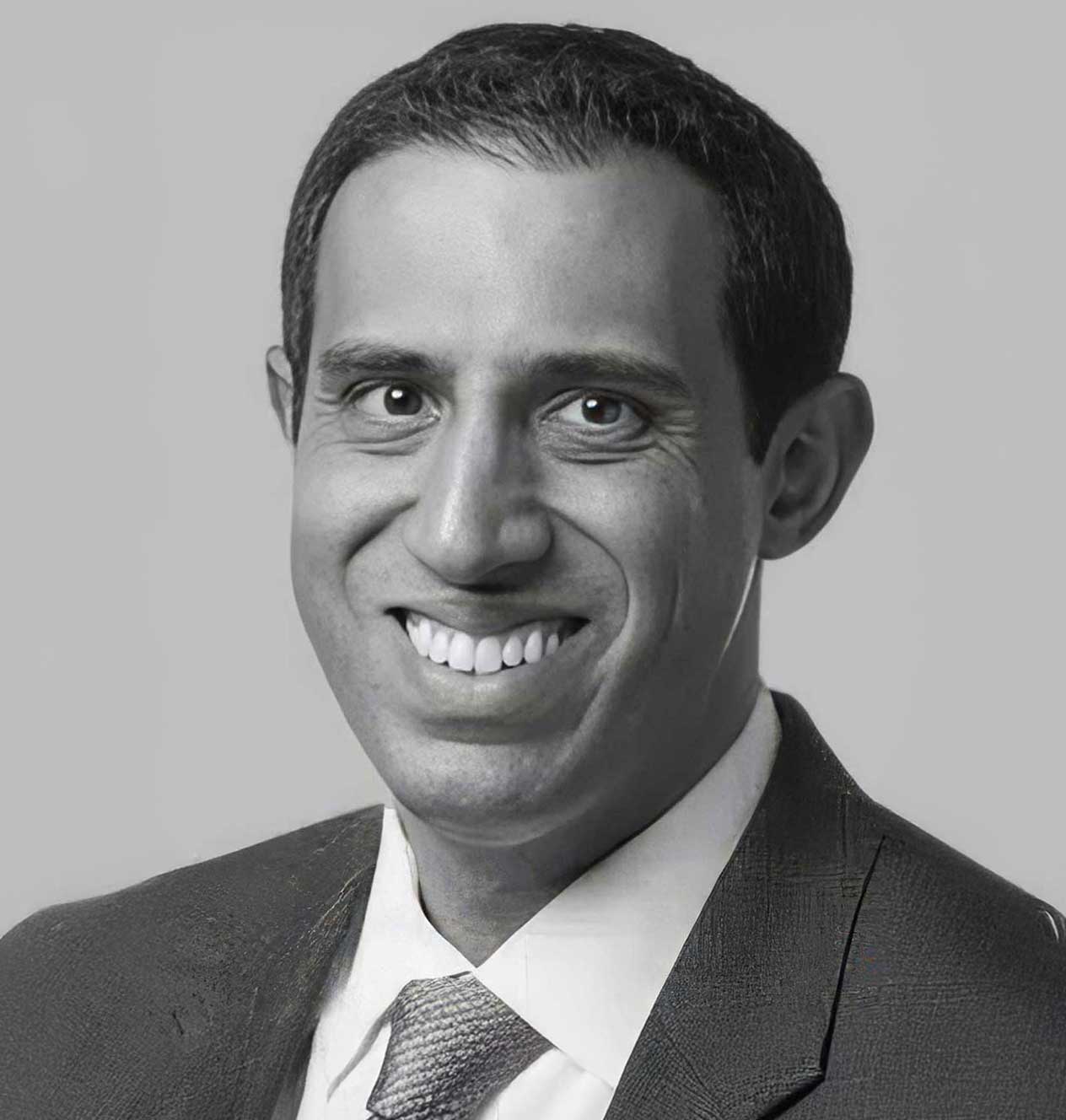What is Voir Dire?
If your personal injury case goes to trial, one of the first steps you’ll witness is voir dire—a term that may sound obscure but plays a major role in the outcome of your case. Voir dire is the legal process where attorneys and the judge question potential jurors to determine whether they can be fair and impartial.
In plain terms, it’s jury selection. And while it might not seem as dramatic as opening statements or cross-examinations, voir dire can make or break your case, especially in emotionally charged or high-stakes personal injury trials.
What does voir dire mean in a personal injury case?
Voir dire (pronounced “vwahr deer”) is a French term meaning “to speak the truth.” In the U.S. legal system, it refers to the process of questioning prospective jurors before a trial begins. The purpose is to uncover any biases, preconceived notions, or conflicts of interest that might affect a juror’s ability to be fair.
In personal injury cases, this can be especially important, since some jurors may have strong feelings about lawsuits, insurance companies, or certain types of injuries.
Attorneys and judges ask jurors about their backgrounds, beliefs, and experiences.
The goal is to identify potential bias or prejudice—conscious or unconscious.
Each side can request that jurors be removed for cause, if they can’t be impartial.
Attorneys also get a limited number of peremptory challenges, which allow removal without giving a reason.
Why is voir dire important for plaintiffs?
For injury victims, voir dire is the only chance to help shape the jury that will decide your case. If a juror believes most lawsuits are frivolous or distrusts people who claim pain and suffering, that bias could ruin your chance at a fair verdict—even if you have strong evidence.
That’s why personal injury attorneys take voir dire very seriously. They’re not just looking for fairness—they’re trying to spot attitudes and experiences that could quietly sway a verdict.
A biased juror can tank your case, even if they appear polite and reasonable.
Voir dire helps uncover hidden prejudices, like distrust of injury claims or negative views on lawyers.
Experienced attorneys use voir dire to “connect” with potential jurors, subtly introducing key case themes.
Strategic jury selection can increase your chances of a favorable verdict, especially in close cases.
What types of questions are asked during voir dire?
Questions in voir dire vary widely based on the case and jurisdiction, but they generally cover topics like work experience, prior lawsuits, views on the legal system, and personal beliefs. In a personal injury case, attorneys might also ask about experiences with accidents, medical treatment, or insurance companies.
The goal is to gauge whether the juror can evaluate the case based solely on the evidence and law—not emotion, assumption, or prejudice.
“Have you or a close family member ever filed a lawsuit?”
“What are your general feelings about people who sue for personal injury?”
“Have you ever been injured in an accident?”
“Do you believe some people exaggerate injuries to get money?”
What happens after voir dire?
Once voir dire concludes, the attorneys use what they’ve learned to accept or strike potential jurors. There are two types of challenges:
Challenges for cause – Used when a juror clearly cannot be impartial (unlimited number).
Peremptory challenges – Used to strike jurors without stating a reason (limited number, but can’t be discriminatory).
After both sides have exercised their challenges, the final jury is seated and sworn in. From there, the trial officially begins.
Jurors removed for cause are usually dismissed right away.
Peremptory strikes are strategic, often based on instinct or subtle signals.
Once the jury is selected, alternates may also be chosen, in case a juror drops out mid-trial.
Voir dire is often the only time attorneys interact directly with the jury until closing arguments.
Conclusion
Voir dire is more than just procedural—it’s a critical moment that sets the tone for your personal injury trial. By selecting fair, open-minded jurors and weeding out those with hidden biases, your attorney gives you the best chance at justice. It may seem like a behind-the-scenes process, but don’t underestimate how powerfully it shapes your path to compensation.
What is voir dire?
Voir dire is the jury selection process in a trial. Attorneys and the judge question potential jurors to identify bias and ensure a fair, impartial jury is selected before the trial begins.
Can a juror be removed during voir dire?
Yes. Jurors can be removed “for cause” if they show bias or an inability to be fair. Attorneys can also use a limited number of peremptory challenges to remove jurors without giving a reason.
What types of questions are asked during voir dire?
Questions cover jurors’ personal experiences, opinions on lawsuits, prior involvement in legal matters, and any beliefs that might impact their impartiality in a personal injury case.
Why is voir dire important in personal injury trials?
Voir dire helps uncover biases that could unfairly sway the outcome of your case. Selecting a fair jury gives you the best chance at receiving the compensation you deserve.
Featured Articles
-
Glossary
What is Voir Dire?
What is Voir Dire? If your personal injury case goes to trial, one of the first steps you'll witness is voir dire—a term that.
-
Glossary
What is Tort Reform?
What is Tort Reform? Tort reform is a hot-button issue in the world of personal injury law. If you’ve filed—or are thinking about filing—a.
-
Glossary
What is Pro Hac Vice Admission?
What is Pro Hac Vice Admission? If you’re involved in a personal injury lawsuit—especially one with out-of-state parties—you may hear that a lawyer is.
Explore our Contributors
Discover Next
Insights from Experts
Learn from industry experts about key cases, the business of law, and more insights that shape the future of trial law.







